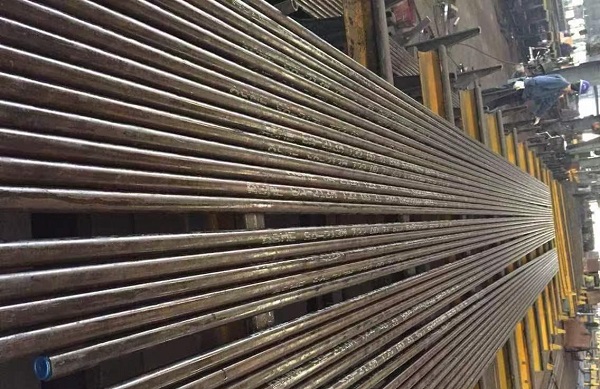Categories
- Technical & Application (25)
- Steel Tubing (20)
- Alloy Tubing (8)
Boiler tube plugging refers to the process of sealing off a damaged or leaking tube to prevent further leakage or malfunction without needing to immediately replace the tube. The plugging operation is done by inserting and expanding specially designed plugs made from materials like steel or copper into both ends of the boiler tube. This technique allows the boiler to continue operating without a complete shutdown but reduces the heat transfer area, which can impact overall efficiency. While plugging helps maintain operational continuity, it should be considered a short-term solution, as the affected tube should eventually be replaced during scheduled maintenance to restore full boiler capacity and ensure safety. Properly executed plugging is essential to prevent leaks, pressure drops, and potential boiler failure.

A FD type gas-fired boiler for residential heating supply.
Puncturing the boiler tube involves creating a small hole in a damaged boiler tube before plugging it to release any internal pressure, steam, or fluid. This process is essential to prevent pressure buildup inside the tube after it is sealed with a plug, which could otherwise cause the tube to expand, crack, or burst, posing a safety risk. By puncturing the tube, any trapped contents are allowed to escape, ensuring the tube remains stable and reducing the risk of failure. Typically, the puncture is made near the plug location and is small enough to relieve pressure without significantly compromising the tube’s structural integrity. This practice is a critical precaution for maintaining the safety and reliability of the plugged tube in high-pressure boiler systems.

ASTM A213 Grade T22 seamless boiler tubes.
There is no universal standard that mandates puncturing a boiler tube before plugging it, but it is often recommended in high-pressure systems to prevent internal pressure buildup that could cause safety issues such as tube bursts. Puncturing releases any trapped pressure inside the tube, ensuring stability and preventing potential damage. The necessity of puncturing depends on the boiler’s design, operating conditions, and manufacturer guidelines. For precise recommendations, it’s crucial to consult the boiler manufacturer’s maintenance instructions and adhere to industry best practices and local safety regulations.